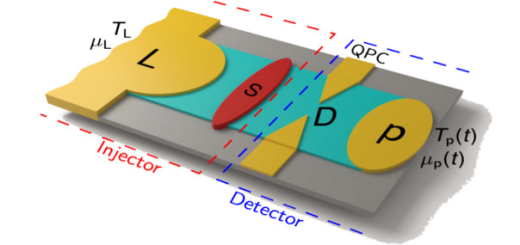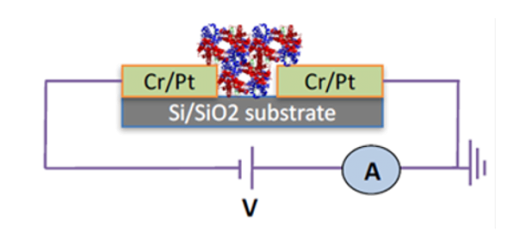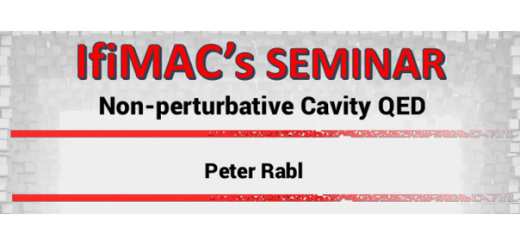Modelling Organic Condensates From Weak To Strong Coupling
 Title: Modelling Organic Condensates From Weak To Strong Coupling.
Title: Modelling Organic Condensates From Weak To Strong Coupling.
When: Wednesday, January 25, (2017), 12:00.
Place: Departamento de Física de la Materia Condensada, Facultad Ciencias, Module 3, Seminar Room (5th Floor).
Speaker: Jonathan Keeling, SUPA – School of Physics and Astronomy, University of St Andrews, St Andrews KY16 9SS, United Kingdom.
The idea of studying strong matter-light coupling using organic molecules has a long history [1], but has recently seen an explosion of experimental interest [2]. In particular exciton-polariton lasing and condensation has now been observed in a variety of organic media, including anthracene, organic polymers, and fluorenes. Closely related to these strong coupling polariton condensates is the observation, in weak coupling, of Bose-Einstein condensation of photons in a dye-filled microcavity [3]. These experiments pose several questions about the relation of condensation and lasing, and about the role of vibrational modes in the physics of photon and polariton condensation. I will discuss our recent work on these subjects.
In the context of photon condensation, I will discuss the role of vibrational modes in establishing a thermal distribution of photons [4], including the time-evolution toward the thermal state. In the context of polariton condensation I will discuss our recent work exploring the nature of the ground and excited states of a model of such a system [5,6]. In particular, I will focus on the connections to optomechanics in other systems, and changes in the optical properties that can arise from coupling to vibrational modes.
References
- Agranovich, The Theory of Excitons (Nauka, 1410.6632. Moscow, 1968). Excitations in Organic Solids, (Oxford University Press, Oxford, 2009).
- Kena-Cohen and Forrest, Nat. Photon. 4 371 (2010). Plumhof et al Nat. Mater. 13 247 (2014); Daskalakis et al, ibid 271.
- Klaers et al, Nature 468 545 (2010).
- Kirton and Keeling, Phys. Rev. Lett. 111, 100404 (2013), arXiv: 1410.6623.
- Cwik et al, Eur. Phys. Lett. 105, 47009 (2014).
- M. A. Zeb, P. G. Kirton, J. Keeling, arXiv:1608.08929.



















